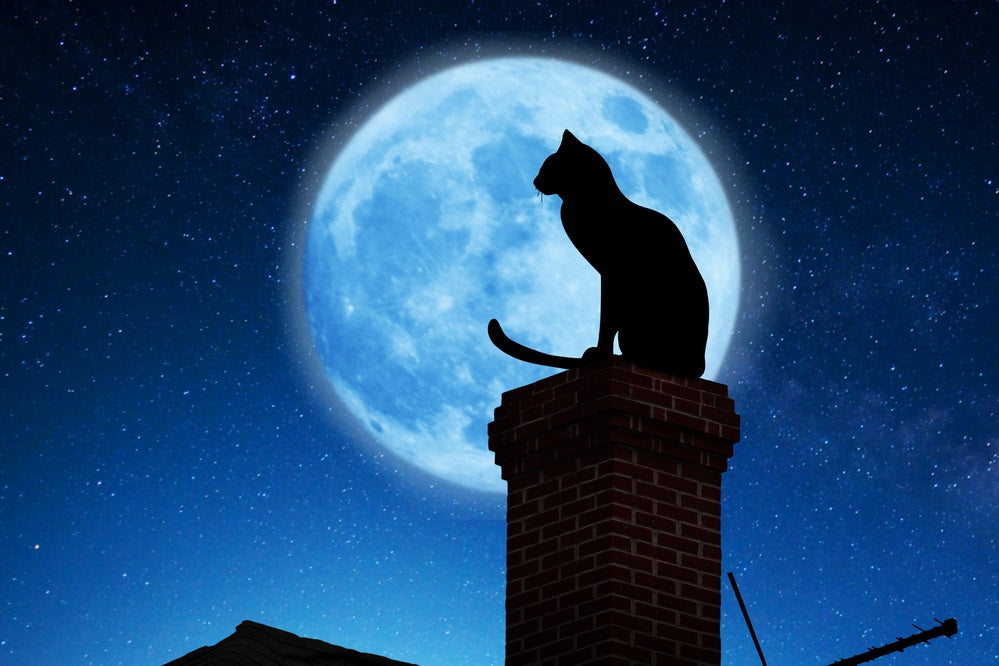
As cat owners, we've all marveled at our feline friends' ability to navigate effortlessly in low-light conditions. Whether it’s darting through the house during twilight or exploring the backyard at dusk, cats seem to have an uncanny knack for seeing in the dark. But do cats see in the dark? In this guide, we’ll dive into the fascinating world of cat vision and uncover how our furry companions manage to see when the lights go out.
How Cats' Eyes Work in Low Light
Reflecting Light with the Tapetum Lucidum
One of the key components of a cat's impressive night vision is the tapetum lucidum, a reflective layer located behind the retina. This structure acts like a mirror, reflecting light that passes through the retina back into the eye. This amplifies the available light and gives cats their characteristic eye shine in the dark. This feature is a significant reason as to why cats can see at night far better than humans. Interestingly, understanding the development of their vision from an early age provides deeper insights into how these remarkable adaptations evolve.
Dilating Pupils to Let in More Light
Cats' pupils can dilate remarkably wide, allowing maximum light to enter the eye. Unlike humans, who have round pupils, cats have vertical slit pupils that can expand and contract rapidly. In low light, these pupils open fully, enabling cats to capture as much light as possible, which enhances their ability to see in dim conditions. This adaptation is central to their survival as nocturnal hunters. Understanding how well cats see in the dark helps us appreciate their unique adaptations.
Adaptations for Night Vision
High Number of Rod Cells in Their Retinas
The retina of a cat's eye is rich in rod cells, which are photoreceptors sensitive to low light levels. Rod cells are responsible for detecting light and motion, but not color. This high concentration of rod cells gives cats a significant advantage in low-light environments, allowing them to detect even the slightest movements. This is particularly useful for hunting at night. While cats see color, their color vision is not as sharp as a human’s, but it’s perfectly suited for detecting motion in dim light.
Ability to Adjust to Different Light Levels Quickly
Cats can adjust to changing light conditions faster than human vision. This ability is due to their pupils' rapid dilation and contraction, as well as the high density of rod cells in their retinas. Whether moving from a brightly lit room to a dark one or vice versa, cats can adapt quickly, maintaining their vision and agility. This rapid adjustment helps prevent them from becoming disoriented or frightened in varying light conditions. This adaptability ensures that a scared cat can quickly find its bearings in unfamiliar surroundings.
Cat Limitations in Complete Darkness
Inability to See in Total Darkness
While cats have superior night vision, they cannot see in absolute darkness. Just like humans, they require some light to see. In pitch-black conditions, cats rely heavily on their other senses, such as hearing and smell, to navigate their environment. Their whiskers also play a pivotal role in detecting nearby objects and changes in airflow. So, if you're wondering, "Do cats like the dark?”— they can certainly manage well in low light, but they still need some light to see.
Dependence on Other Senses in Such Conditions
In complete darkness, cats use their acute sense of hearing to detect sounds that might indicate prey or danger. Their sense of smell is also incredibly sharp, helping them identify familiar scents and navigate their surroundings. Additionally, an upset cat might display heightened sensitivity, using every available sense to stay alert and safe in the dark.
Appreciating the Unique Night Vision of Cats
Understanding how cats can see at night enhances our appreciation for their unique abilities. While they can't see in complete darkness, their adaptations for low light conditions make them remarkable nocturnal hunters. By using tools like PrettyLitter to support their health and comfort, we can ensure our cats feel safe and secure, no matter the time of day.
Sources:
- Berkeley News. Study Links Pupil Shape to Animals' Ecological Niche. https://vcresearch.berkeley.edu/news/pupil-shape-linked-animals-place-ecological-web
- Ollivier, F J et al. Comparative morphology of the tapetum lucidum (among selected species). https://doi.org/10.1111/j.1463-5224.2004.00318.x
- VCA Hospitals. Progressive Retinal Atrophy in the Cat. https://vcahospitals.com/know-your-pet/progressive-retinal-atrophy-in-the-cat


Follow Us